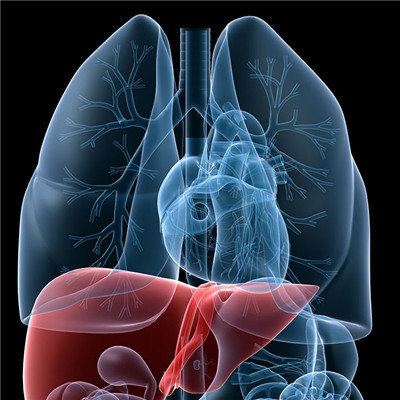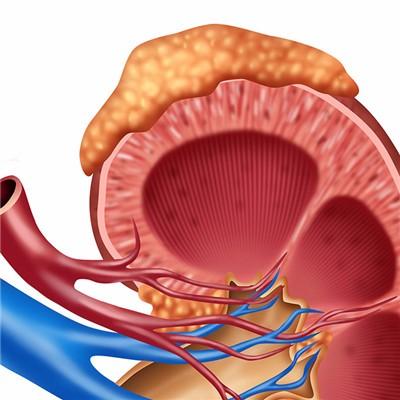What does traumatic splenic rupture mean?
summary
Traumatic splenic rupture is common in wartime and peacetime. It can occur in closed abdominal injury (abdominal skin is intact, abdominal cavity does not communicate with the outside world through wound), or in open abdominal injury (abdominal skin loses integrity, abdominal cavity communicates with the outside world through wound). Let's share my experience with you.
What does traumatic splenic rupture mean?
The symptoms and signs of splenic rupture vary with the amount and speed of bleeding, the nature and degree of rupture, and whether there are concurrent or multiple injuries of other organs. In patients with only subcapsular rupture or central rupture, the main manifestation was left upper abdominal pain, which could be aggravated during breathing; At the same time, the spleen is usually swollen and tender, abdominal muscle tension is generally not obvious, there is no nausea, vomiting and other phenomena, and other manifestations of internal bleeding do not exist. If the incomplete rupture turns to complete rupture, the acute symptoms will appear quickly and the condition will worsen rapidly.

Once complete rupture occurs, there will be peritoneal irritation first. If the bleeding is slow and the amount is small, abdominal pain may be limited to the left intercostal region; Diffuse abdominal pain can be caused in patients with more bleeding and complete abdominal pain, but it is still most significant in the left intercostal region. Reflex vomiting is common, especially in the early stage of onset. Sometimes due to blood stimulation of the left diaphragm, it can cause referred pain in the left shoulder (the distribution area of the fourth cervical nerve), and it is often aggravated during deep breathing, which is called Kehr syndrome. Subsequently, the patient can have obvious internal bleeding symptoms in a short period of time, such as thirst, palpitation, tinnitus, weakness of limbs, shortness of breath, decreased blood pressure, unconsciousness, etc; Severe cases may die of excessive bleeding and circulatory failure in a short time.

During physical examination, there were general tenderness and muscle rigidity in the abdominal wall, especially in the left upper abdomen. The voiced area of the spleen in the left intercostal region also increased. If there is a large amount of blood accumulation in the abdomen, mobile voiced sound can also be found; However, due to the presence of blood clots around the spleen, the patient's right waist can be empty when lying on the left side, but the left waist often presents a fixed voiced sound when lying on the right side, which is called ballance sign.

matters needing attention
Reasonable diet. You can eat more nutritious, easy to absorb and digest food, eat less and more food with light taste, eat more fresh vegetables, fruits, beans and mushrooms, eat more soup and pot food, and eat pork, duck and pigeon meat. Eat dates, peanuts, red beans, etc.














